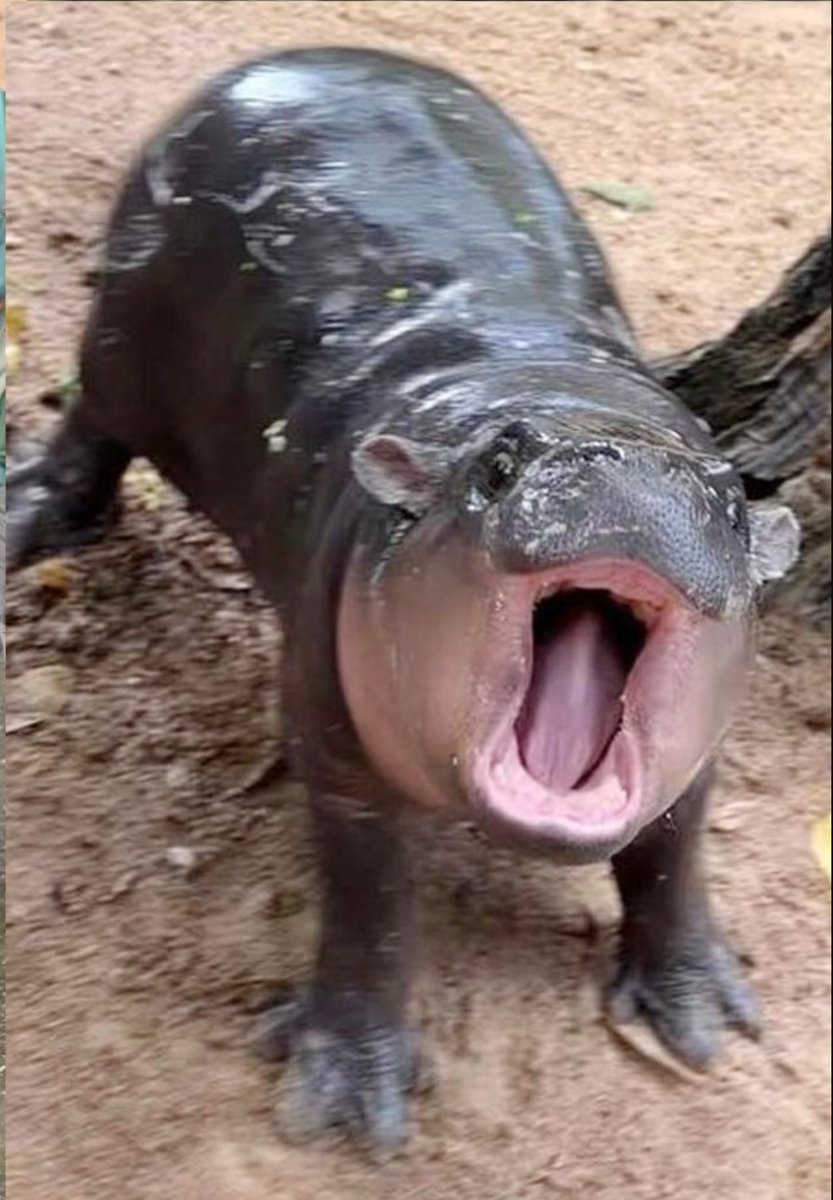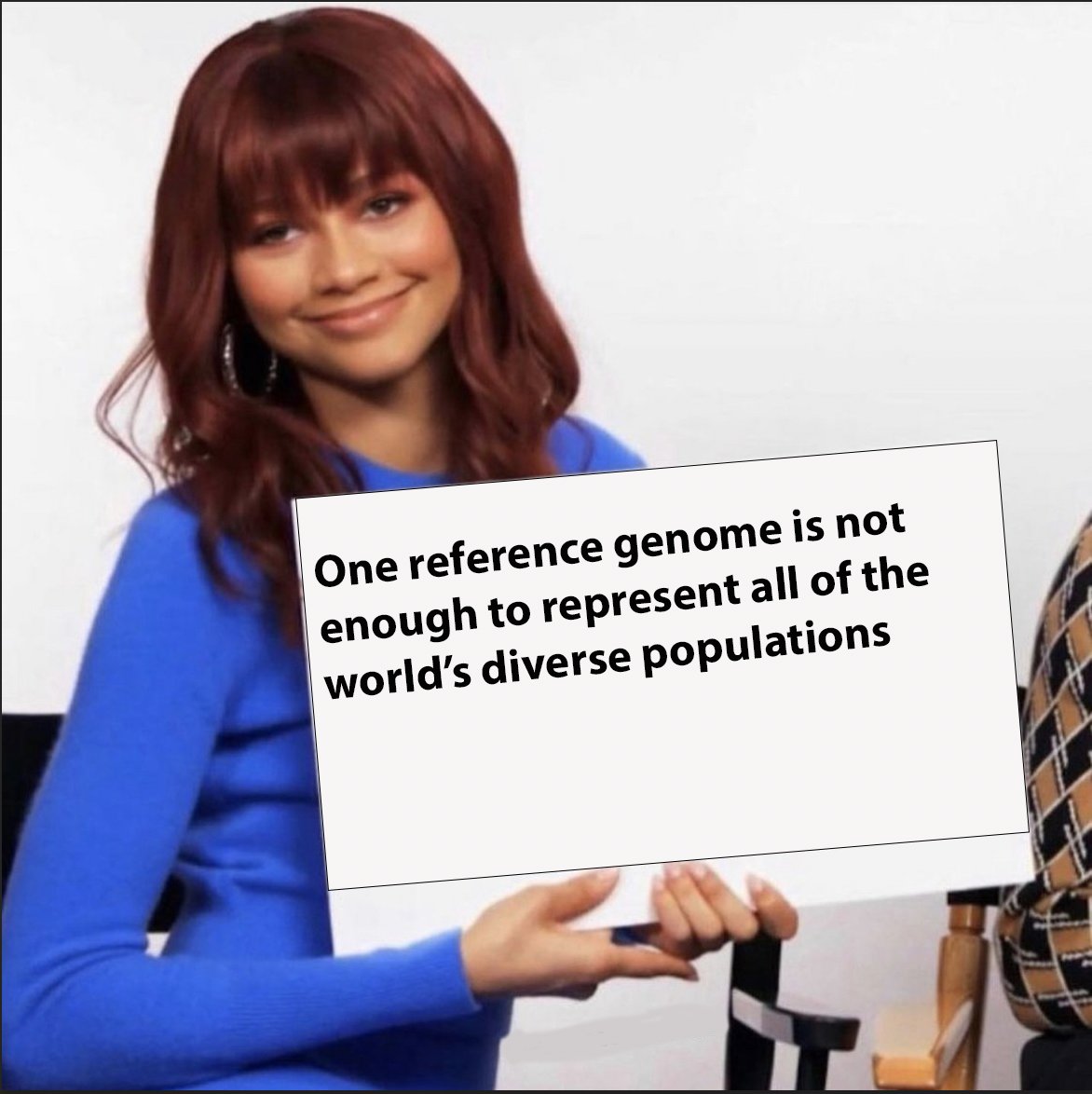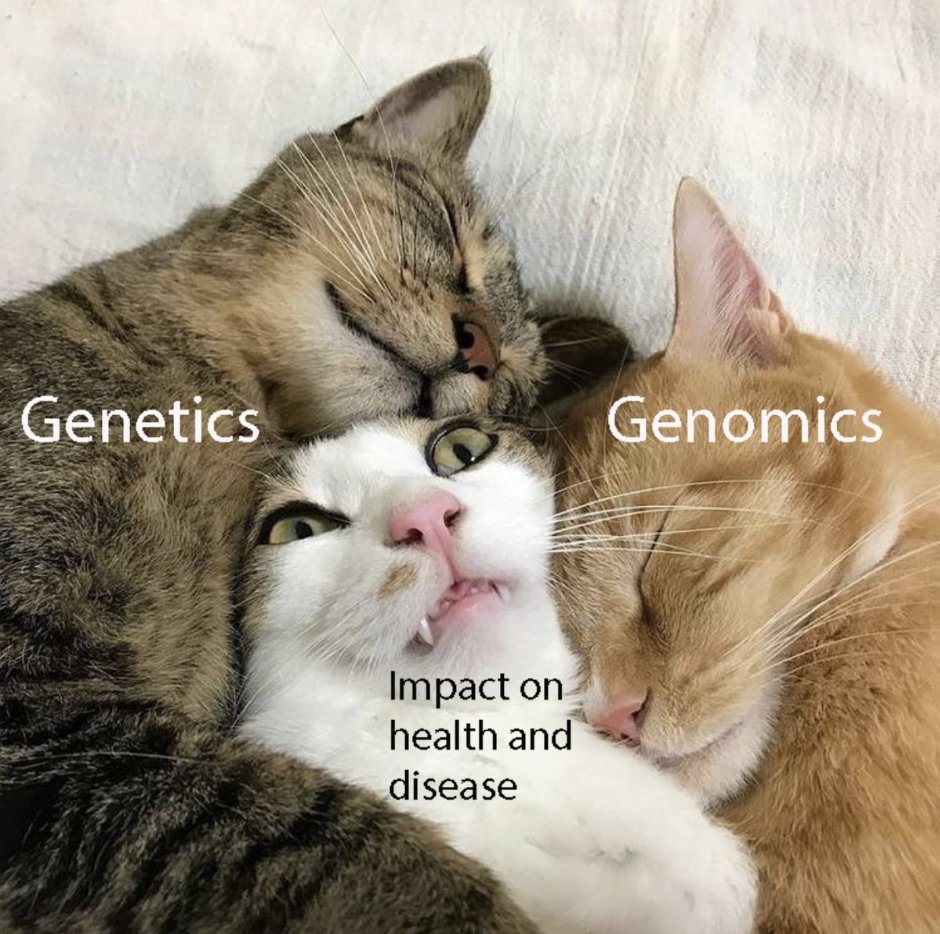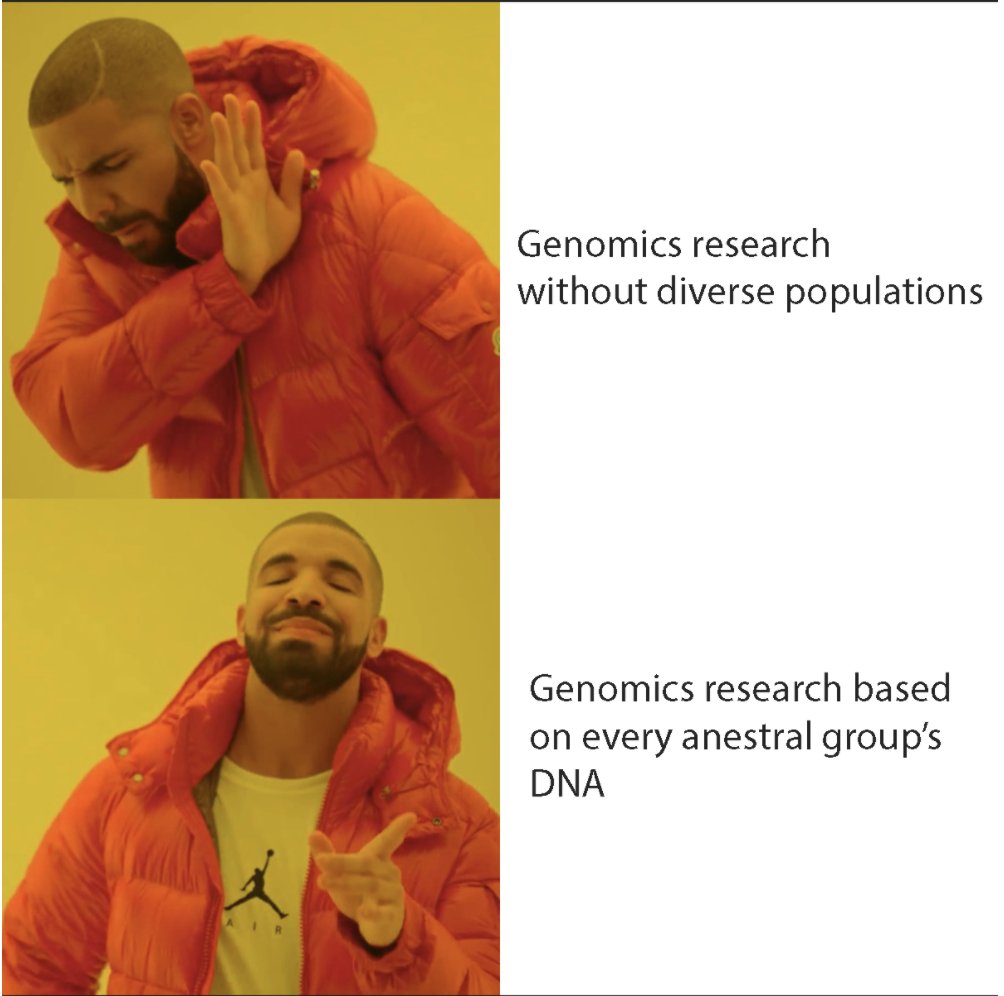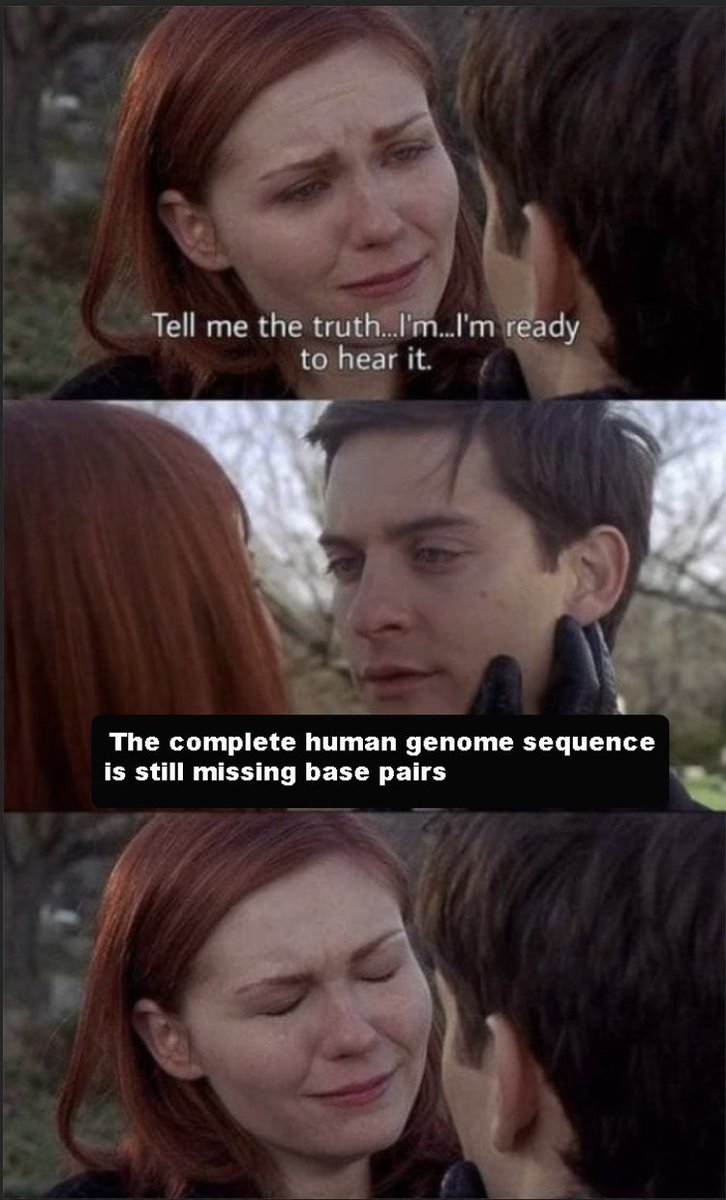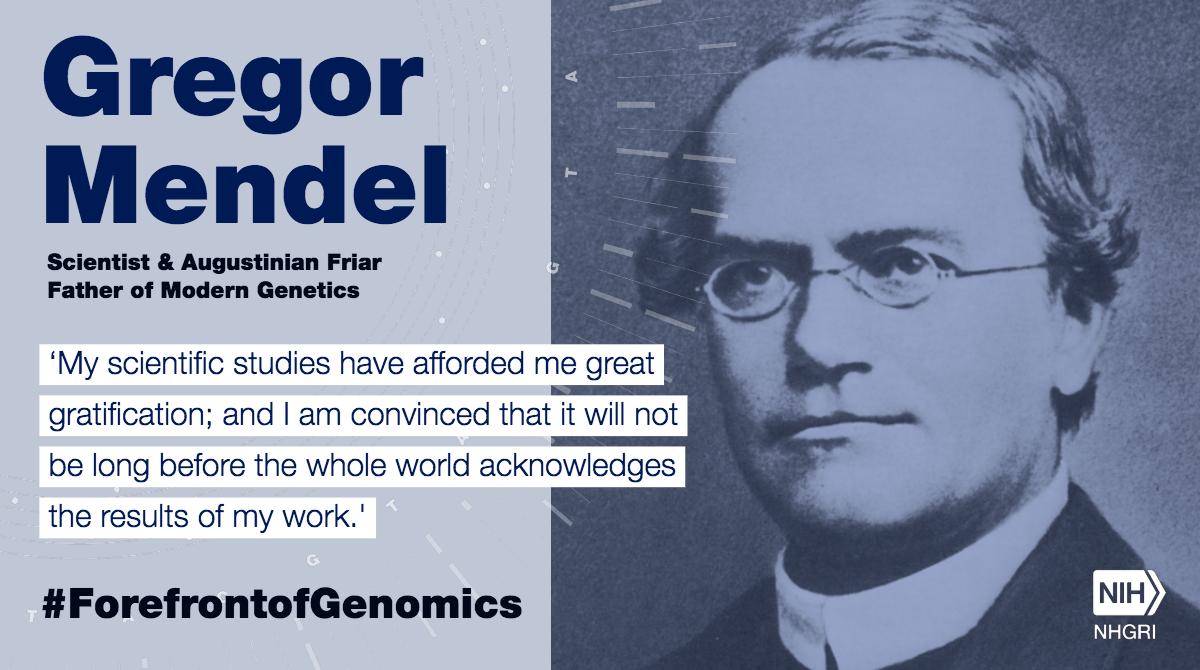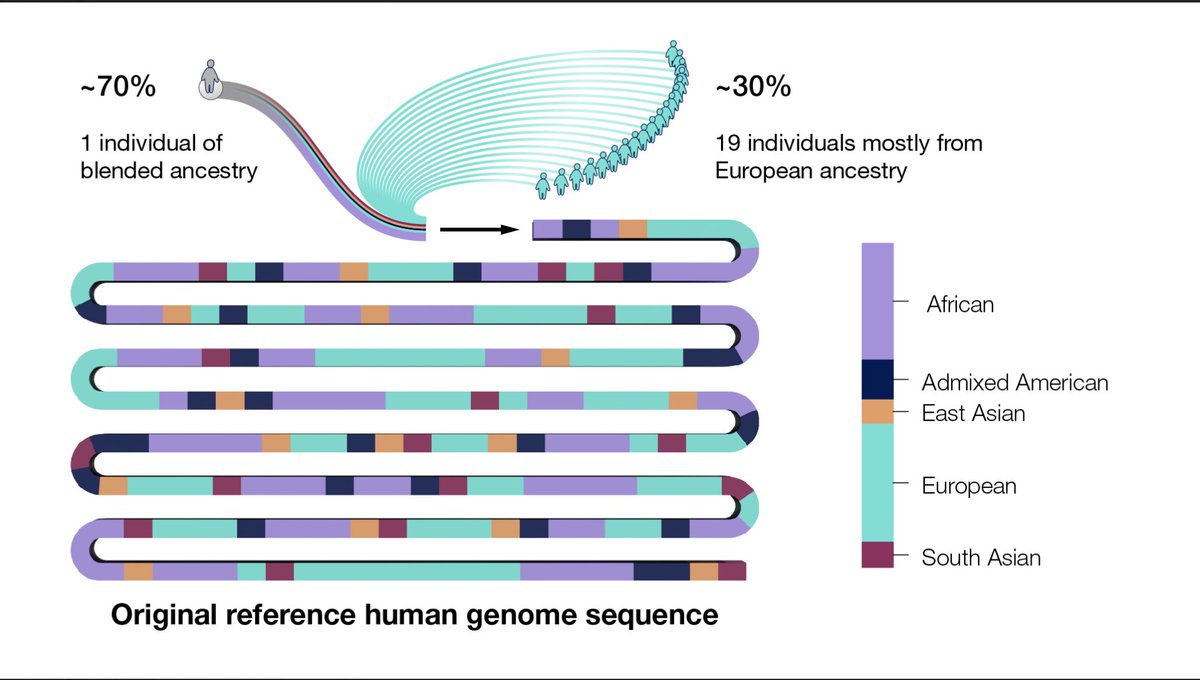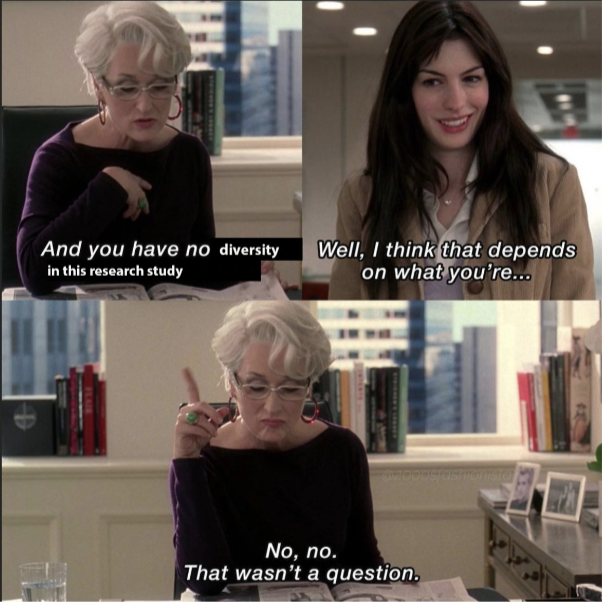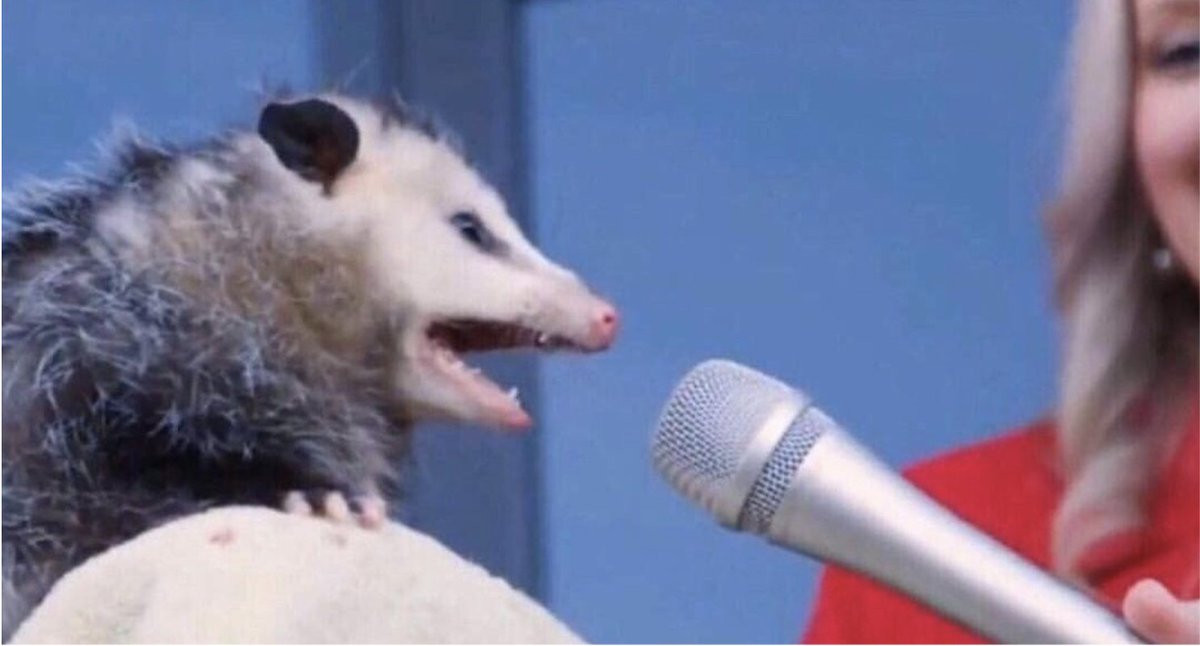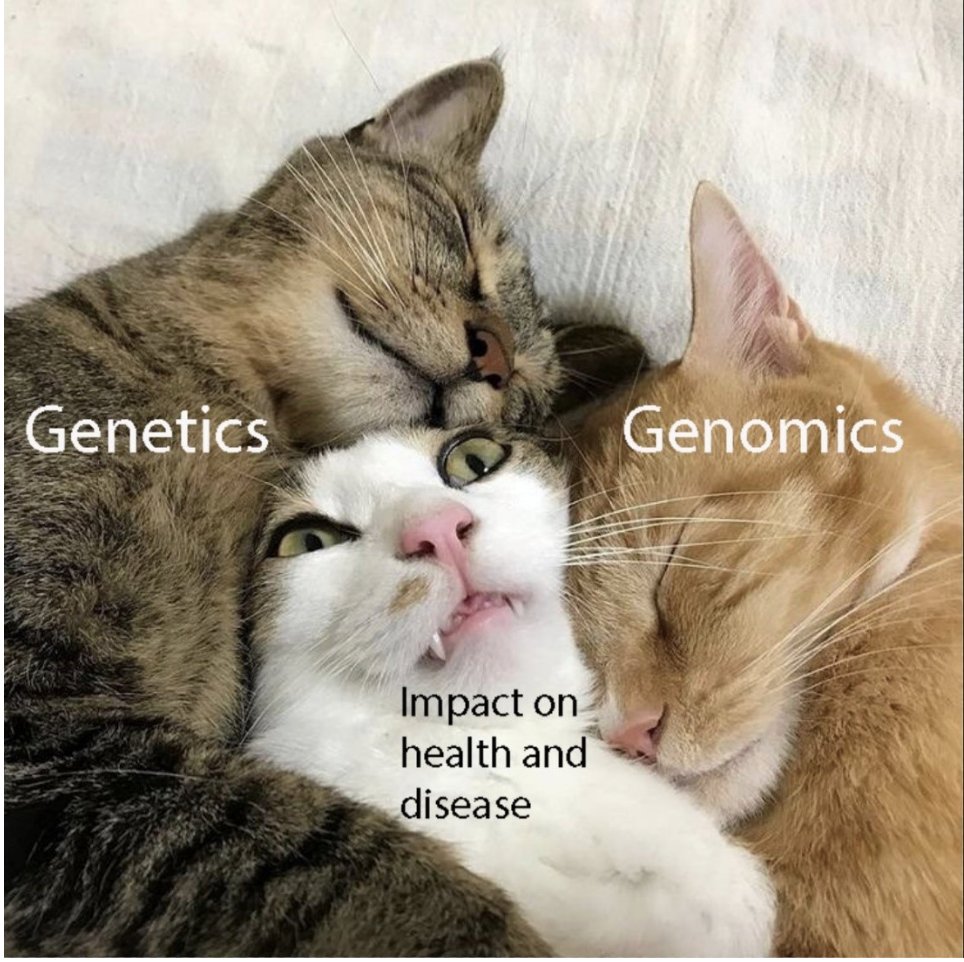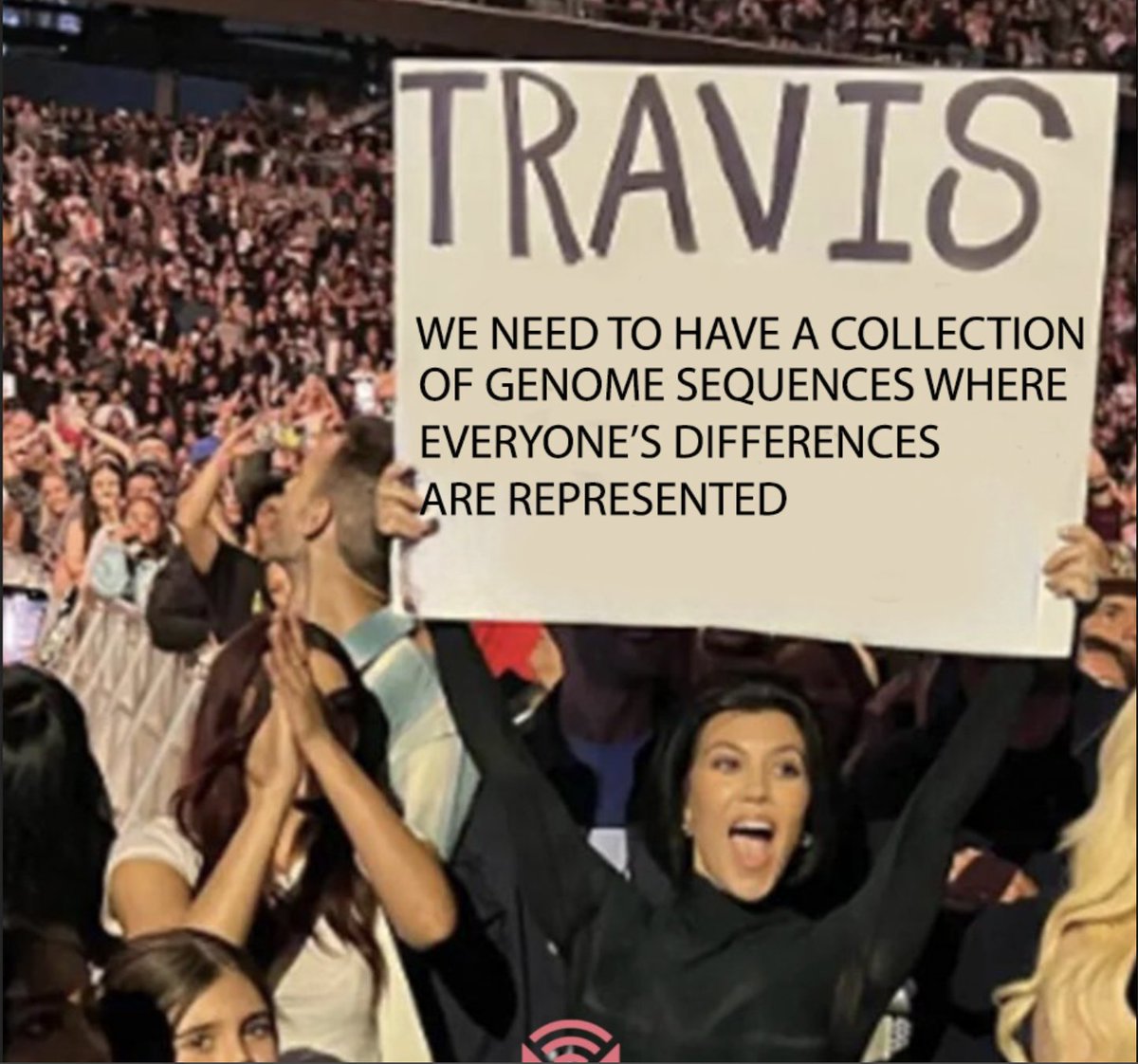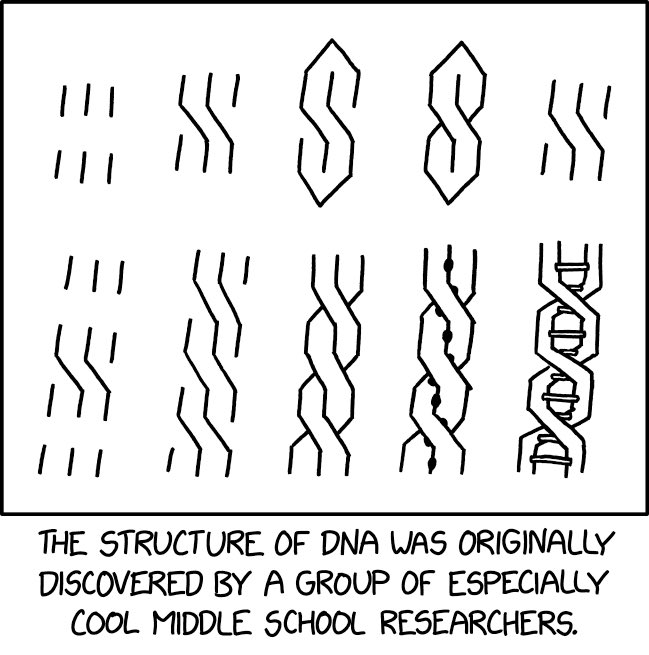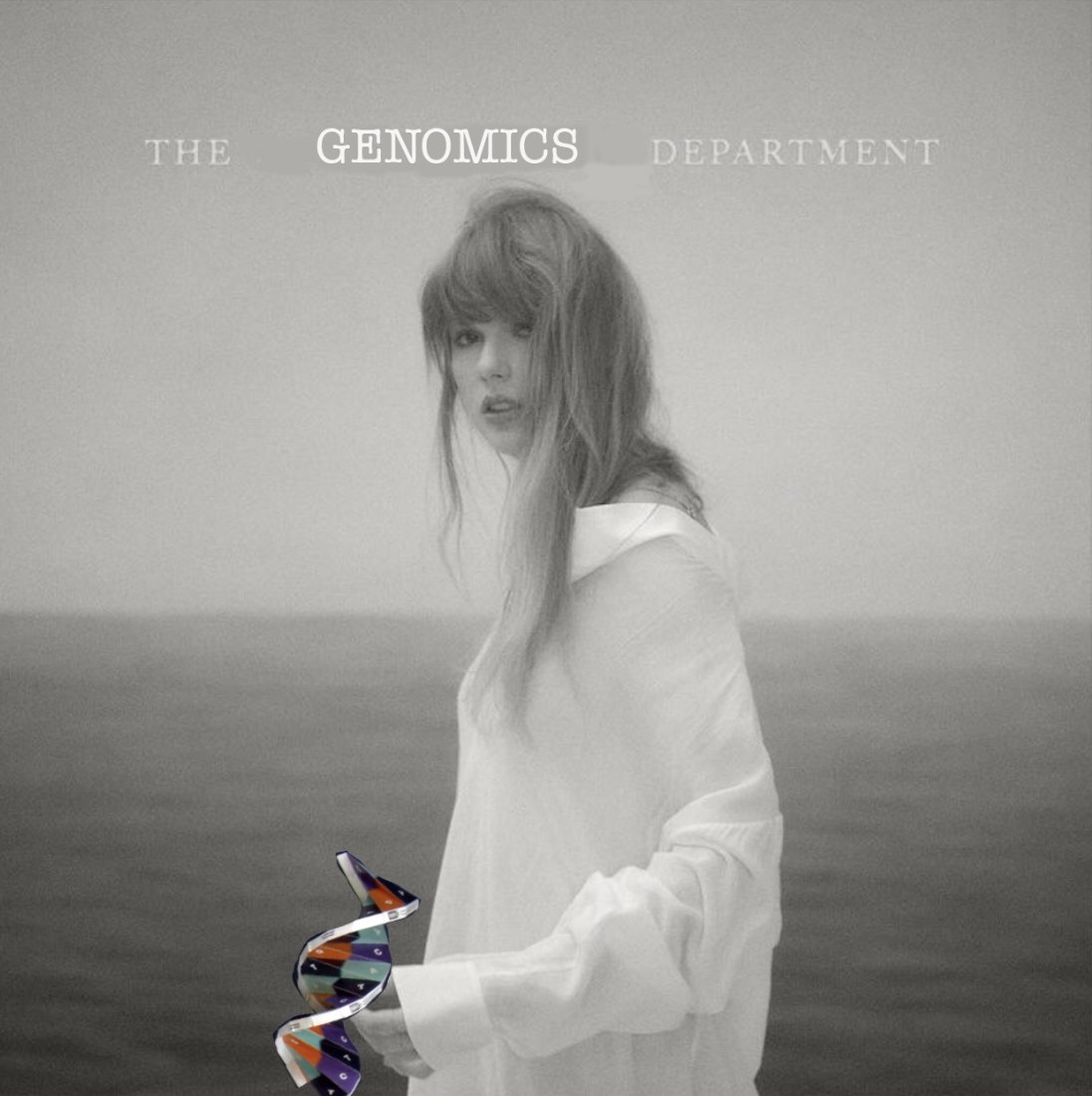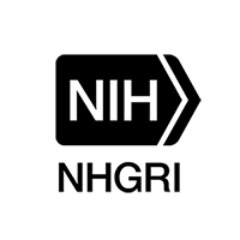
National Human Genome Research Institute
@genome_gov
Followers
81K
Following
5K
Media
3K
Statuses
10K
Funding research at the forefront of genomics to improve human health. Formerly the Human Genome Project. https://t.co/4hdQRFkFNU
Bethesda, MD
Joined December 2010
Scientists in the Telomere-to-Telomere (#T2T) consortium have published the first complete, gapless human genome sequence. This can lead to a better understanding of our genomic variations and provide insight for missing heritability and human disease.
19
582
1K
.@Genome_gov researchers have assembled the first, fully complete human #YChromosome sequence! This sequence reveals genetic factors with implications for fertility. (Thread)
8
334
833
The Human Genome Project finished drafting the first nearly complete human genome sequence in 2003. It was about 92% complete, with over 150,000 gaps of DNA left to be sequenced. Now, the #T2T consortium has finished sequencing that last 8%!
8
152
688
#T2T researchers after completing the Y chromosome sequence, which was the most difficult one to complete and needed special technology.
9
82
589
As part of #DNADay23, we celebrate Rosalind Franklin for her work and influence in science. Thanks to Franklin, we have the historic Photo 51, which revealed that DNA has a double helix shape!
4
185
505
#HappyBirthday to the "Mother of Modern Medicine," #HenriettaLacks. Her cells contributed to numerous medical discoveries and helped to evolve bioethical policies. Today, we honor her legacy and lasting impact. #TwitterThread.
10
244
389
Researchers from the @genome_gov-funded Human Pangenome Reference Consortium (@HumanPangenome) have completed a collection of new human reference genome sequences that much more accurately reflect global diversity!
3
176
373
#HappyBirthday to the Father of Modern Genetics! Thanks to Gregor Mendel's pea experiments, we now understand how heredity is transmitted. #hbd #photooftheday #birthdayboy #july #genomics #genetics #Repost
3
174
340
Fren, I am hearing much about the Human Genome Project, but I am wondering if you are familiar with the Dog Genome Project at @genome_gov? A dog’s genetic blueprint is so similar to humans that researchers can compare them and gain new insights about dog and human health!
5
68
321
Me intensely explaining to everyone that #DNADay23 is a big deal because it’s the 70th anniversary of the discovery of the double helix and 20 years since the Human Genome Project was completed.
3
67
310
This month would have marked the 100th birthday for the "Mother of Modern Medicine," Henrietta Lacks! Her cells contributed to numerous medical discoveries and helped to evolve bioethical policies. Today, we honor her legacy and lasting impact. #fbf
5
129
298
Happy Birthday, Rosalind Franklin! A pioneer in the field of #genomics -- we stand on the shoulders of giants.
2
215
288









